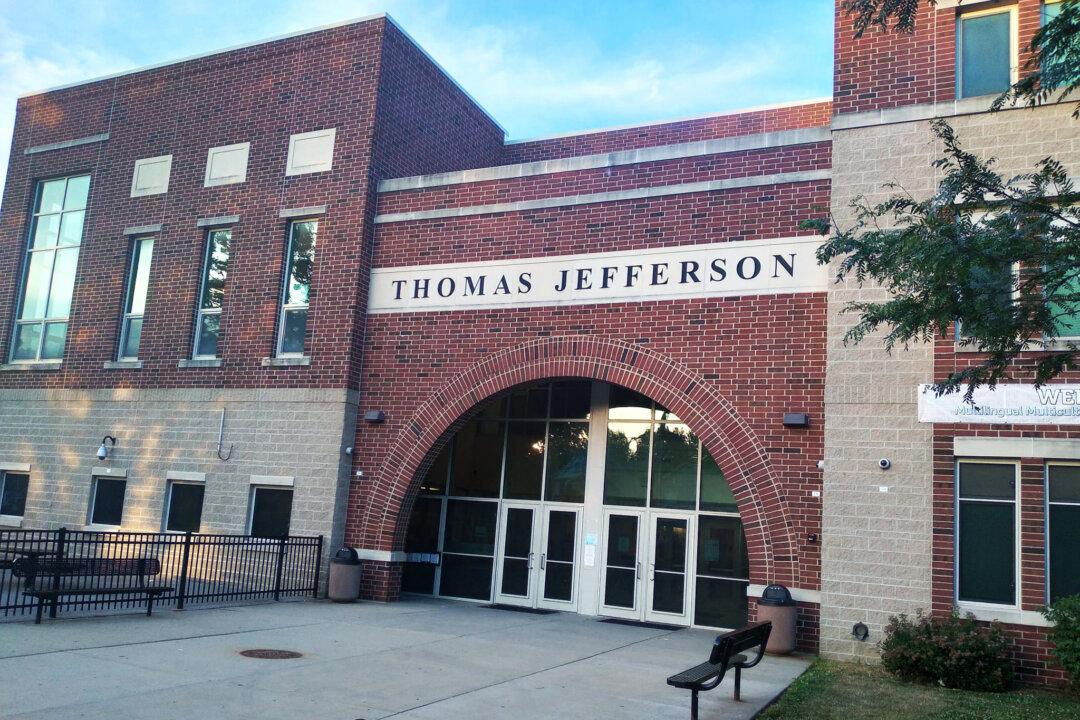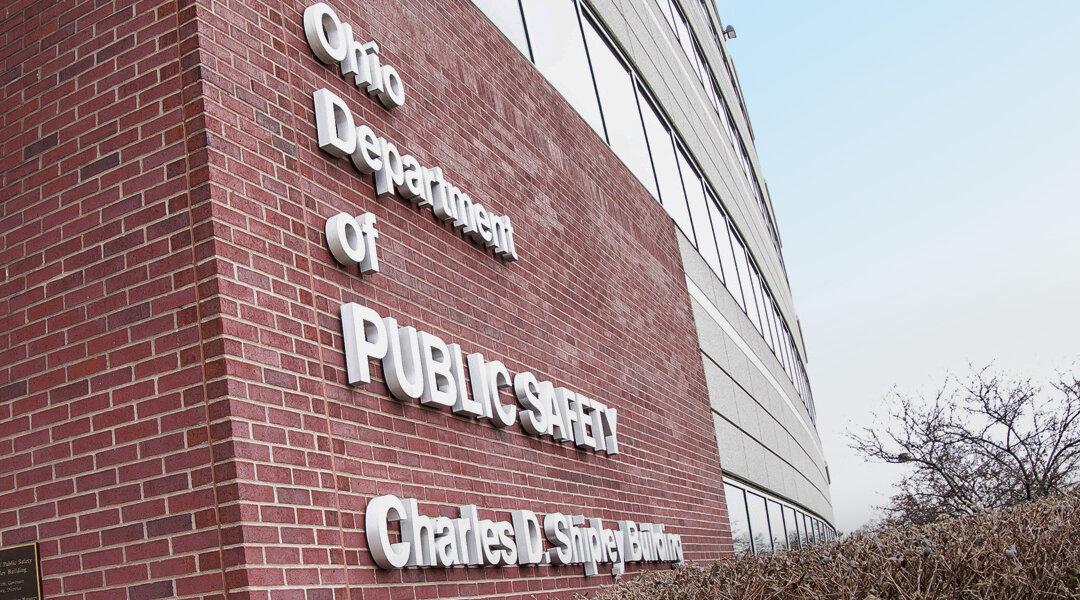After rooting for one of the most iconic teams in baseball for decades, generations of Cleveland Indians fans throughout the United States are not happy about what the team’s new name will be at the beginning of the 2022 Major League season—The Guardians.
The team announced its forthcoming name change last week, seven months after announcing it would eliminate the name and two years after ending its 90-year run of an Indian, Chief Wahoo, as its mascot. The new name is steeped in the city’s history, but how it will connect with fans, remains to be seen.




